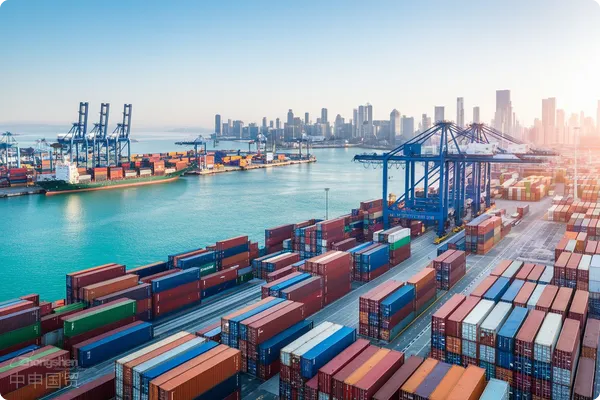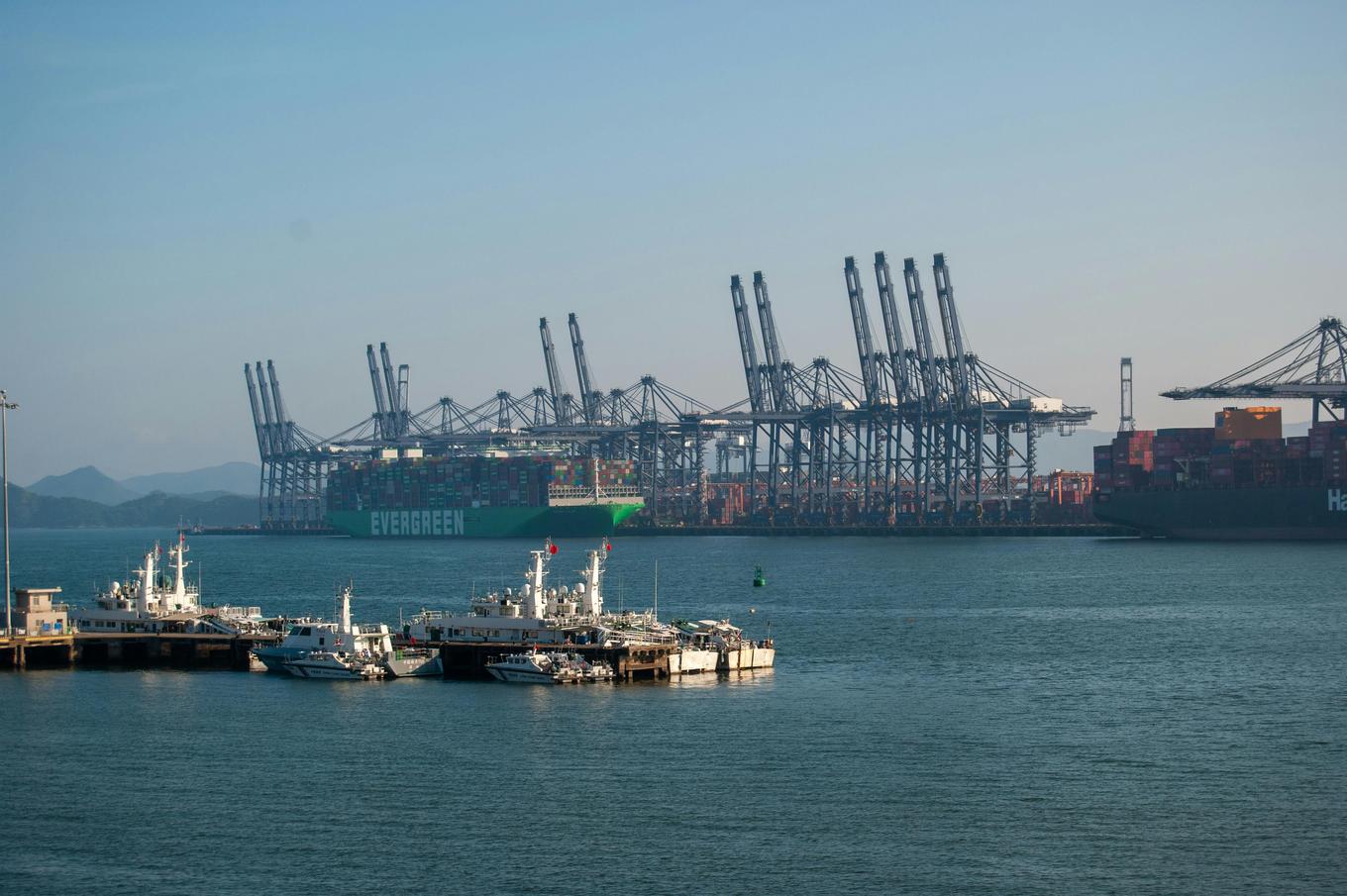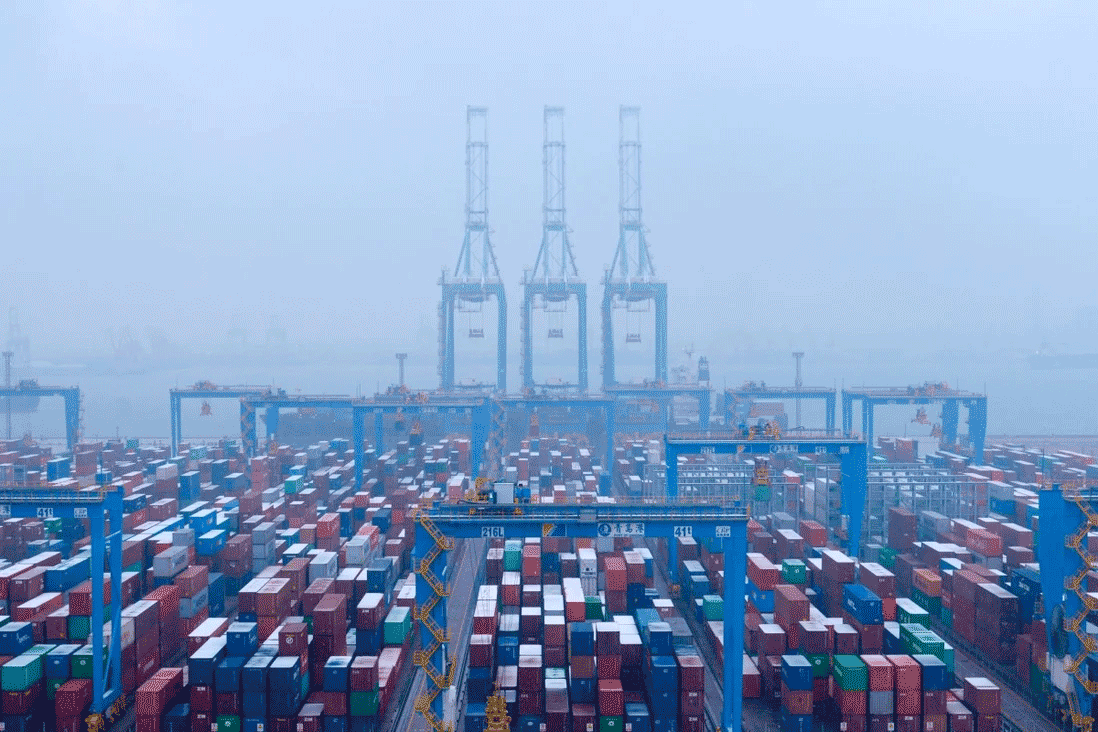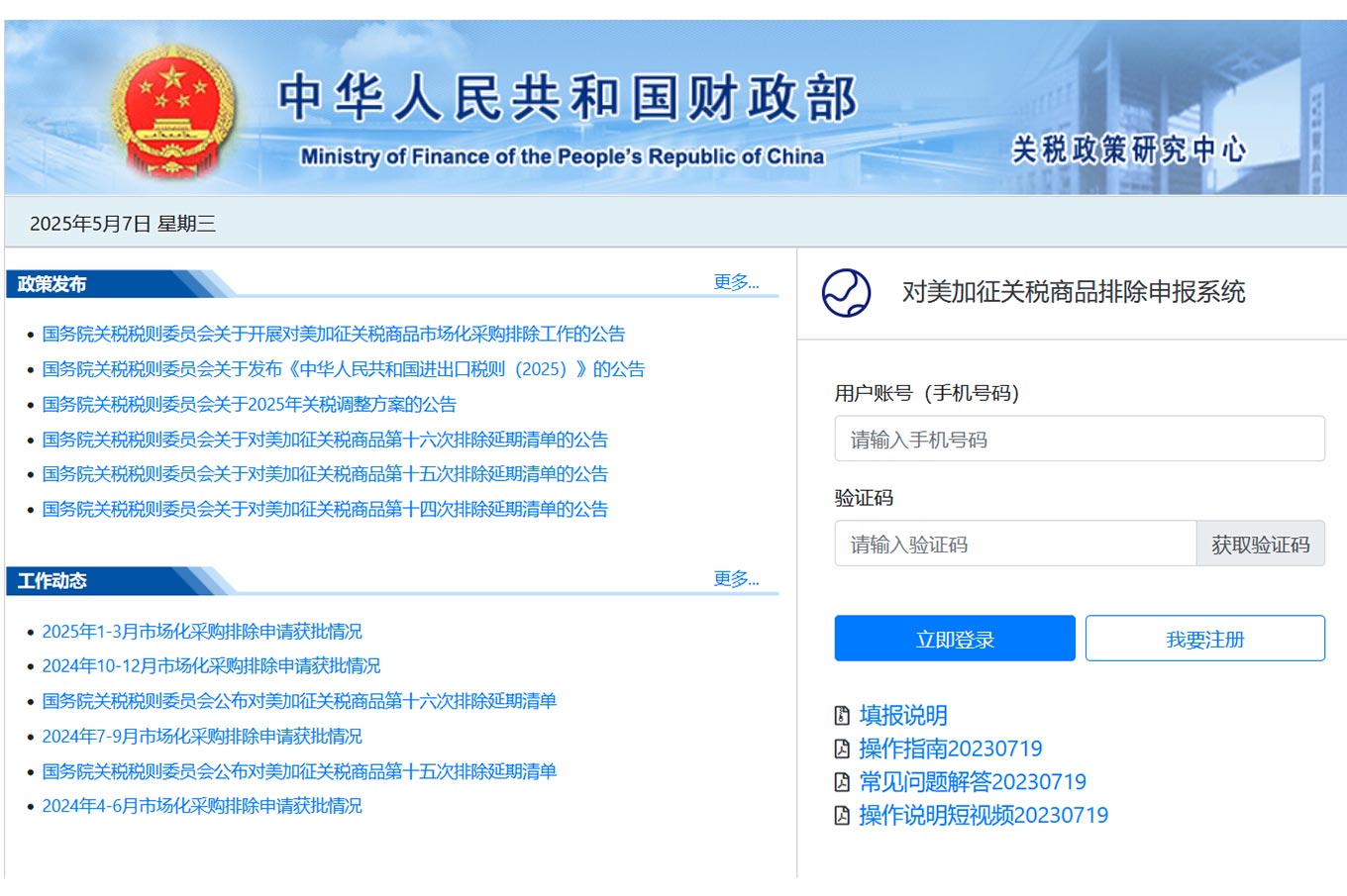- Shanghai Zhongshen International Trade Co., Ltd. - Two decades of trade agency expertise.
- Service Hotline: 139 1787 2118

Contents
ToggleWhen the tariff baton falls
On February 4, 2025, the US Customs suddenly announced an additional 10% special tariff on Chinese imported goods. Aforeign tradeThe company executive revealed: "Early that morning, we received a client email explicitly requesting to 'halt all product packaging printing and await updated price labels.'" This sudden situation has left many export enterprises in a dilemma: they must both maintain customer relationships and protect their profit margins.
The triple waves of tariff shock
- Price system shock:The case of a Guangdong lighting exporter shows that the 3% profit margin has been completely eroded by the new tariffs
- Trust crisis spreading:The packaging and printing of the orders that have been put into production have been urgently stopped, resulting in the backlog of semi - finished products
- Supply chain reconstruction:Some U.S. buyers are beginning to request a "China + Southeast Asia" dual production base configuration.
Four - step method to break the situation
Flexible production transformation
- Delayed Packaging Strategy: Implement the customer's request to "postpone printing price tags" by deferring the packaging process.
- Modular design: Generalize the core components of the product and customize the exterior parts according to regional markets
- Establish buffer inventory: Keep a 2 - month safety stock of common parts to cope with policy fluctuations
Practical negotiation cases
The response plan of a home appliance enterprise in Ningbo:
- Accept a 5% cost-sharing arrangement in exchange for a 2-year volume purchase agreement.
- Free upgrade to the intelligent inventory management system as a value-added service.
- Jointly develop product variants compliant with the North American Free Trade Agreement (NAFTA) regulations.
Long - term survival strategy
- Establish a tariff early - warning mechanism: Monitor the dynamics of hearings of the US International Trade Commission
- Flexible shipping strategy: Maintain market presence through small - package orders below $500
As industry experts have stated: "True partnership can withstand the test of tariff storms." In response to clients' requests to "share the burden of new tariffs," what we need are solutions that combine bottom-line thinking with creativity.
Related Recommendations
? 2025. All Rights Reserved. Shanghai ICP No. 2023007705-2  PSB Record: Shanghai No.31011502009912
PSB Record: Shanghai No.31011502009912










